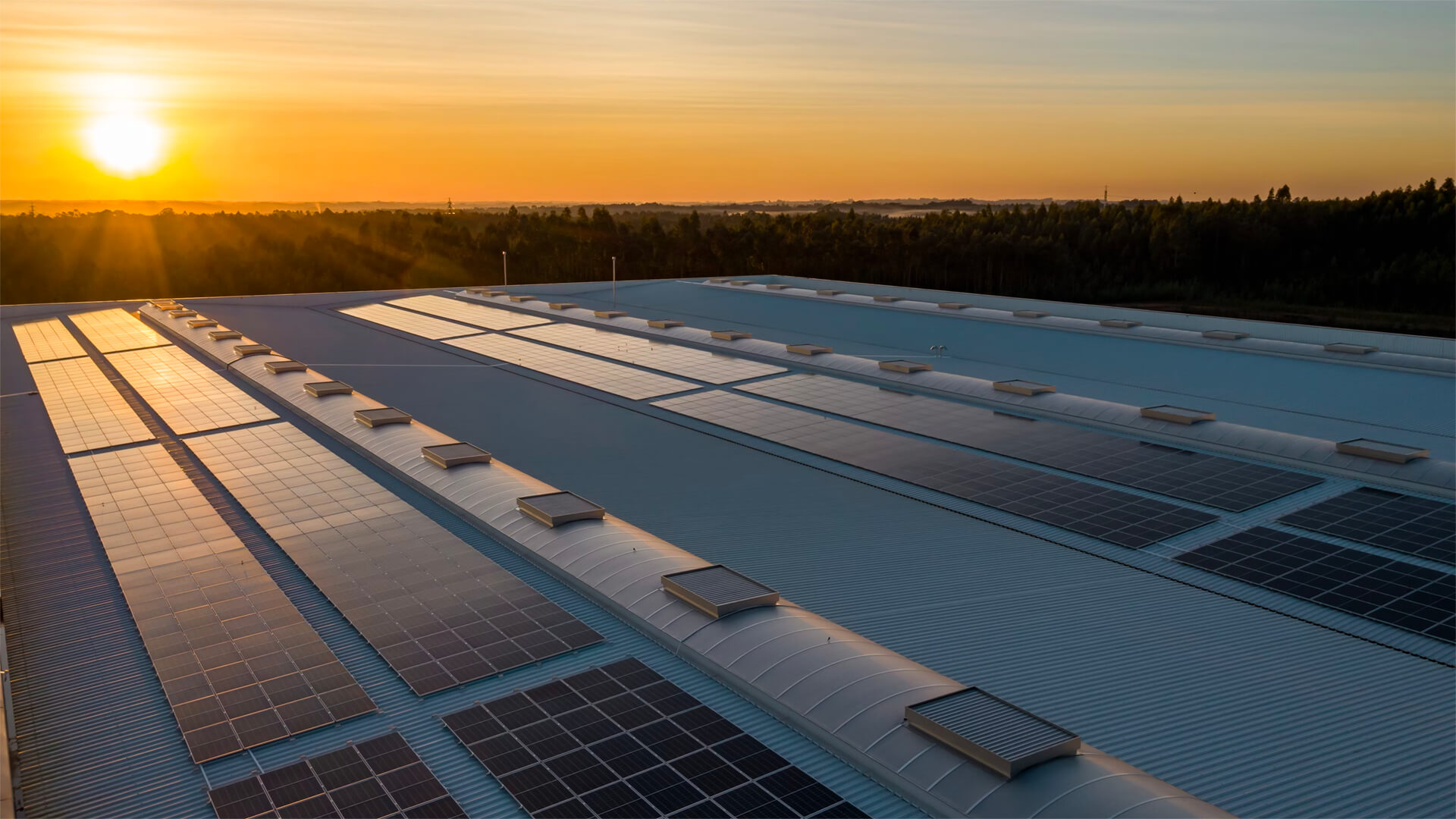The Greentech industry has reaped the benefits of cheap capital for years, but that’s all changing as demographics take a turn and investment patterns start to shift.
Financing Greentech projects requires a boatload of upfront capital, and if the cost of that capital rises, the viability of those projects has the inverse effect. This means the Greentech space will be in hot water even if economic growth holds steady.
Sure, Biden’s Inflation Reduction Act will help the US a bit, but there’s no replacing private investments. This isn’t an isolated issue either; if countries with solid Greentech potential want to see their industries thrive, we will need to see some major breakthroughs.
Here at Zeihan On Geopolitics we select a single charity to sponsor. We have two criteria:
First, we look across the world and use our skill sets to identify where the needs are most acute. Second, we look for an institution with preexisting networks for both materials gathering and aid distribution. That way we know every cent of our donation is not simply going directly to where help is needed most, but our donations serve as a force multiplier for a system already in existence. Then we give what we can.
Today, our chosen charity is a group called Medshare, which provides emergency medical services to communities in need, with a very heavy emphasis on locations facing acute crises. Medshare operates right in the thick of it. Until future notice, every cent we earn from every book we sell in every format through every retailer is going to Medshare’s Ukraine fund.
And then there’s you.
Our newsletters and videologues are not only free, they will always be free. We also will never share your contact information with anyone. All we ask is that if you find one of our releases in any way useful, that you make a donation to Medshare. Over one third of Ukraine’s pre-war population has either been forced from their homes, kidnapped and shipped to Russia, or is trying to survive in occupied lands. This is our way to help who we can. Please, join us.
Transcript
Hey everyone. Peter Zeihan here coming to you from Mexico City. And today we’re going to talk about some of the challenges that are facing the green tech space. If you’ve been following stock tickers in New York in general, you’ll know that there’s been a lot of pushback from the financial world about everything that has to do with wind and solar and interconnections, not just in the United States, but on a global basis with many communities getting sticker shock and changing some of their plans.
Now, this, of course, is going to be a story that’s going to look a little bit different everywhere. But there is a common theme, and that has to do with capital. One of the things that really sets green tech apart from any other power generation, whether it’s in transport or the generation itself, is that you have to pay for it all up front.
The the system is different. So like if you’re going to build a coal plant or a natural gas burning power plant, most of your cost over the life of the facility is going to be the fuel. Actually setting up something that, you know, burns it is not all that complicated from an expense point of view. But with solar and with wind, where the fuel is free, all of the expense is upfront, or at least two thirds of the total versus less than a fifth for most conventional systems.
And that means it has to be financed. Now, from 2000, literally from 1997 until very, very recently, that has not been a problem because we’ve been living in an environment of absolutely dirt cheap capital, and it’s been a demographic moment. The baby boomers were in their forties, fifties and early sixties, and in that time frame in your life, your expenses have gone down, but your incomes are high and they’ve been socking away all the money that they’ve got to prepare for retirement.
All that capital makes it into various different investment opportunities, whether it’s T-bills or the stock market. It makes it very easy for people, for corporations, for governments to borrow at scale. Well, as of the fourth quarter of 2022, the majority of the United States is baby boomers. The majority of the world’s baby boomers had moved into retirement, and they’ve liquidated their savings and they’re not generating any more.
And they’ve moved their savings into less prospective projects. So a lot more cash, a lot more government debt, a lot less things like stocks and bonds. And that means that the cost of capital has already gone up for everyone. And we’ve seen mortgage rates just in the United States double in the last 18 months. And for large projects like wind turbines and solar panels, we’ve seen it closer to a tripling now over, say, a ten year payback, which, you know, is just kind of a good benchmark.
That means that the interest costs have gone up to the point that the overall payback is going to be at least a quarter higher than it was just a year and a half ago. And if you have to finance your GreenTech project, all of a sudden you’re facing an expense that you weren’t having to deal with before. Now, this, to a degree, this sort of overbuild and retrenchment happens with any industry as people kind of grasp the realities of that.
Maybe solar and wind aren’t as great for our community as we thought they were going to be. But the capital that’s going to hit everyone everywhere, it’s going to slow economic growth on a global basis. And for projects that are very capital forward, like green tech, it’s absolutely going to retard the progress of everything. And the United States, we’ve got this little thing called the Inflation Reduction Act that the Biden administration was able to get through Congress, which is basically a green plan that is going to help a lot with making the finances of green tech a little bit better.
But it was never going to replace private capital. It’s just going to supplement. And now, since we need 25% more minimum, probably closer to half again more by the time we get to 2026, it’s going to be able to start seeing some of the edges off, but not fundamentally change the problem. But if you’re in other countries, I’m thinking here, places that have good green tech potential, places like Argentina or South Africa or Mongolia or Greece or Mexico.
That borrowing difference is everything. And unless we have a significant breakthrough in the economics and the physics of solar and wind in the next couple of years, it’s just not going to cut it. So my recommendation remains the same that it’s been for the last three years. We know the texts in their current form won’t get us to where we think we need to go, which means we need better technology.
And until we develop that, the rest of this is just kind of spinning in place.








